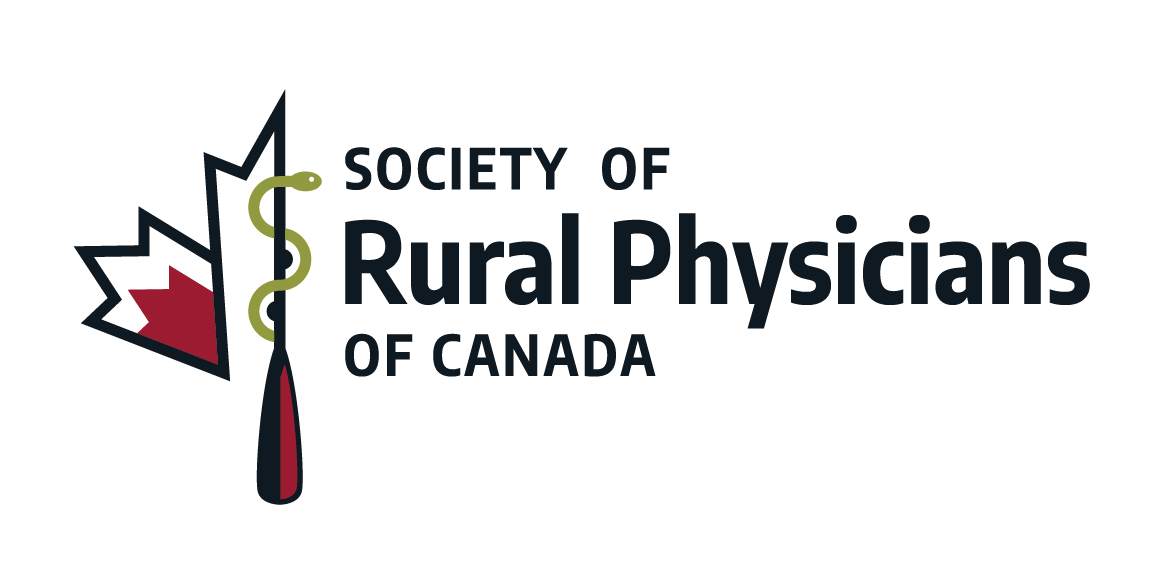Stories and reflections of our journeys on medical electives in rural and remote Canada
The SRPC Student Committee is comprised of medical students from across Canada
collectively committed to supporting students interested in rural and remote medicine.
JOIN TODAY - Free for medical studentsBLOG With Us!This blog is designed for Canadian medical learners to reflect on their rural and remote experiences, share stories with others, and learn about the ways that the our national network of peers are engaging with rural medical practice and community. This blog is brought to you by the Society of Rural Physicians of Canada (SRPC) Student Committee, your national voice in rural medicine. Do you have a story/experience you would like to share? Email us at srpcstudentoutreach@gmail.com and join the community! Looking forward to hearing from you! SRPC Members who are logged in, can leave a comment on blog posts below. |
Keeping up with the SRPC Student Committee
|




